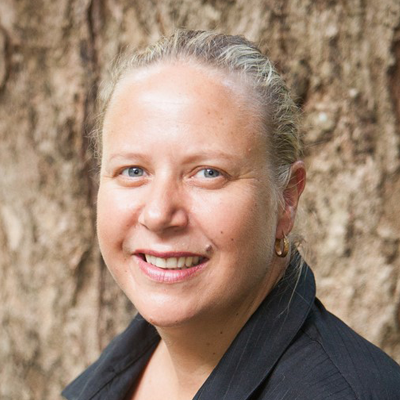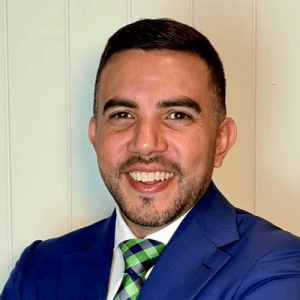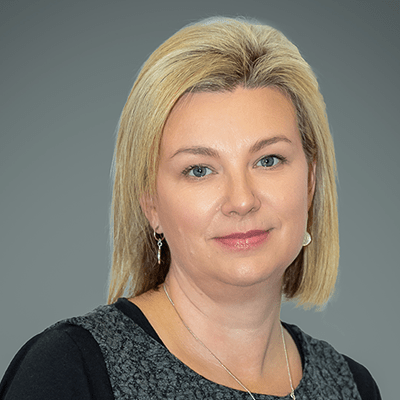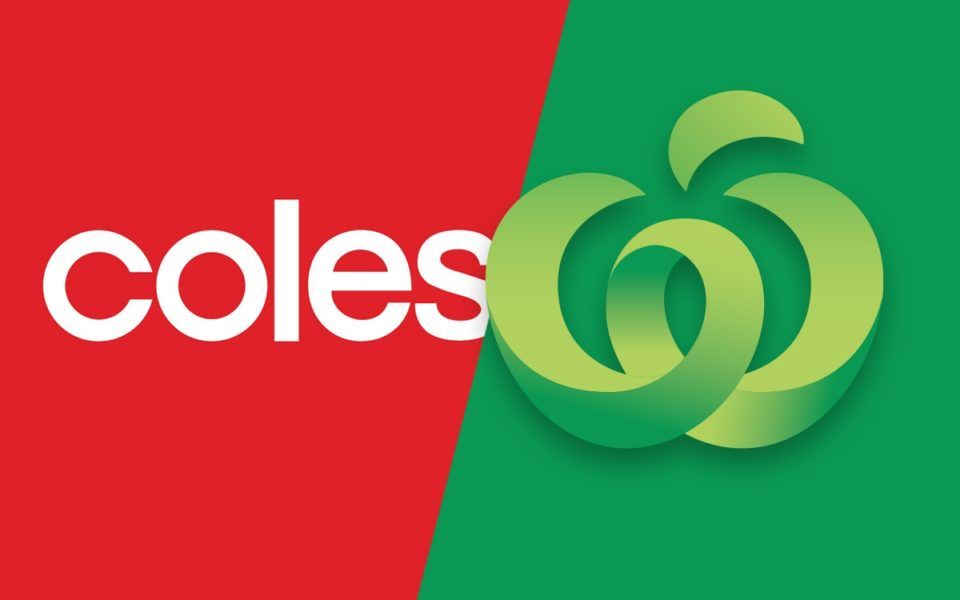
The 5 money questions that defeated two-thirds of Aussie women – can you answer them?
A survey launched to measure how well Australians understand their money found big differences between men and women when it comes to tackle questions over finance.
Household, Income and Labour Dynamics in Australia (HILDA) asked Australia five finance questions – and found that just over half of us are financially literate, with men outperforming women.
Financial literacy is defined by the OECD International Network on Financial Education as: A combination of awareness, knowledge, skill, attitude and behaviour necessary to make sound financial decisions and ultimately achieve financial wellbeing.
Achieving financial well-being may look different from one person to the next, but it is something we should all strive towards.
Generally, a person is considered financially literate if they can answer questions on: interest rates – especially compound interest, inflation and diversification. Questions vary in amount, complexity, and length from survey to survey.
HILDA is a large and detailed survey, so five financial literacy questions were included. Respondents were asked about numeracy, inflation, diversification, risk-return, and money illusion.
Men outperformed women in every category. The questions with the largest gap were one and two, numeracy and inflation.
The survey results show that just over half of all adult Australians (55%) are financially literate. However, when the numbers are broken down into gender, two thirds (63%) of men are considered financially literate compared to less than half (48%) of women.
Another striking takeaway from the survey is that half of the men surveyed answered all five questions correctly, but only 35.4% of females achieved the same.
Now you can take the test:
Q1: Numeracy: “Suppose you put $100 into a no-fee savings account with a guaranteed interest rate of 2% per year. You don’t make any further payments into this account and you don’t withdraw any money. How much would be in the account at the end of the first year, once the interest payment is made?”
Q2: Inflation: “Imagine now that the interest rate on your savings account was 1% per year and inflation was 2% per year. After one year, would you be able to buy more than today, exactly the same as today, or less than today with the money in this account?”
Q3: Diversification: “Buying shares in a single company usually provides a safer return than buying shares in a number of different companies.” [True, False]
Q4: Risk-Return: “An investment with a high return is likely to be high risk.” [True, False]
Q5: Money Illusion: “Suppose that by the year 2020 your income has doubled, but the prices of all of the things you buy have also doubled. In 2020, will you be able to buy more than today, exactly the same as today, or less than today with your income?”
Answers: (1) $102 (2) Less (3) False (4) True (5) Exactly the same





















